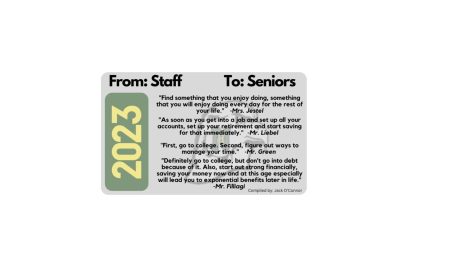Cracking open DSM; Walking through history
October 20, 2020
The Diagnostic and Statistical Manual of Mental Disorders- commonly called the DSM is the most comprehensive resource for those in the field of psychological medicine. It is used to diagnose and classify mental illnesses of all types, and as such has a long history, according to Psychology Today.
The most current version of the DSM, DSM-5 was published in 2013, however supplemental resources are published regularly to supplement it, including a supplement published in February 2020. This update included new criteria and different coding for many different mental disorders, including but not limited to Neurodevelopmental, Bipolar, Depressive and Anxiety disorders, according to the supplementary material.
Senior Juliana Sill says, “For someone looking to understand the signs of an unknown illness they or a loved one may be undergoing, it would indeed be helpful.”
“The DSM is quite an informative collection of all the recorded mental illnesses, and because it is ever-changing, it is always being updated with new information. However, some of the languages may be more difficult for an average person to understand as it is a textbook written by mental health professionals and is generally studied by others in training professionals,” Sill adds.
The history of the DSM is long, and the association behind it has an even longer history, the American Psychology Association (APA), was founded in 1892 and the association of 31 people elected G. Stanley Hall as the first president, according to the APA.
Psychology took off in reaction to World War II, establishing psychology as a field of both science and practice, when the World Health Organization published the International Classification of Diseases, sixth revision (ICD-6), including mental illnesses for the first time, prompting the development of the DSM. “It is better to have even more signs listed to more easily understand an illness,” says Sill.
However, there are some qualms that students such as Sill have with the DSM, who says that “rather than thinking the “qualifications” So to speak are too strict, the DSM is simply used as a guide for diagnosis.”
The DSM-5 may be the best resource for the description of mental illnesses, but without a DSM classification, many mental disorders are not considered such, “there is a need for a section on pedophilia. We as a people need to learn that like other urges, pedophilia is just another illness. Rather than reject those who have talked about their thoughts (non-offenders) we should do more research and learn the signs so that we can help those who are suffering,” says Sill.














